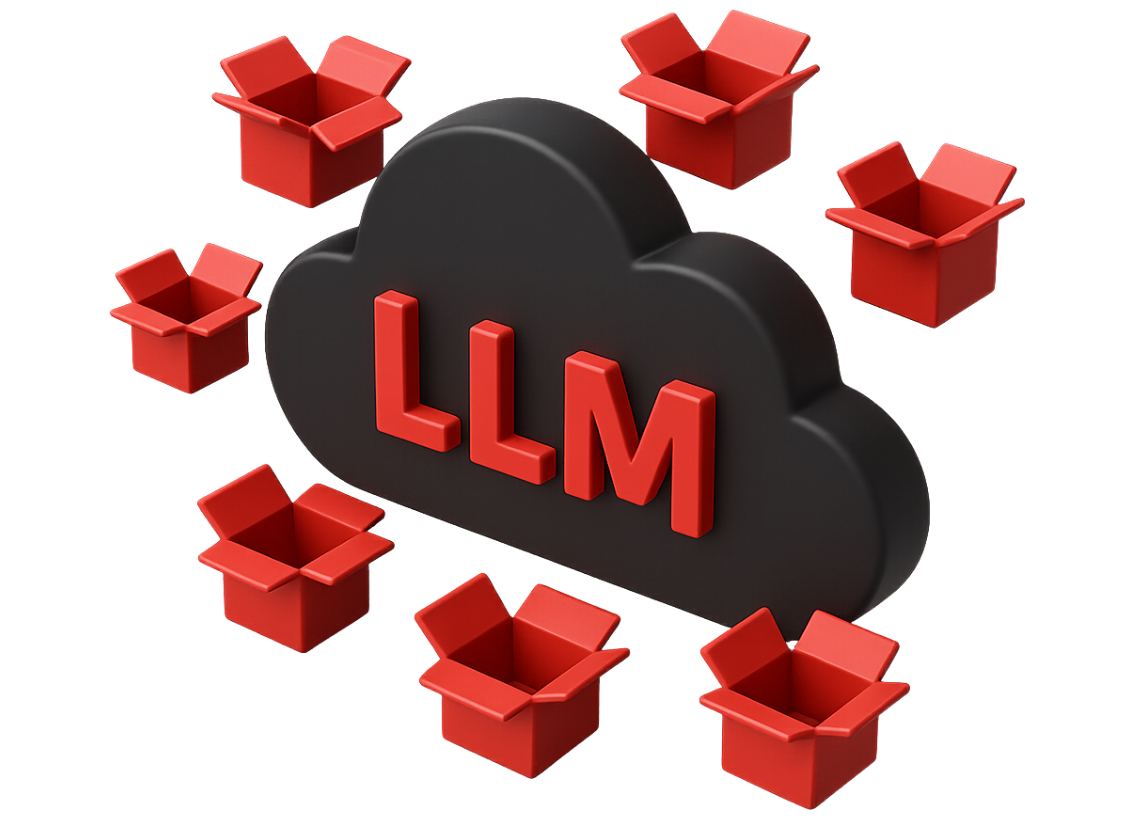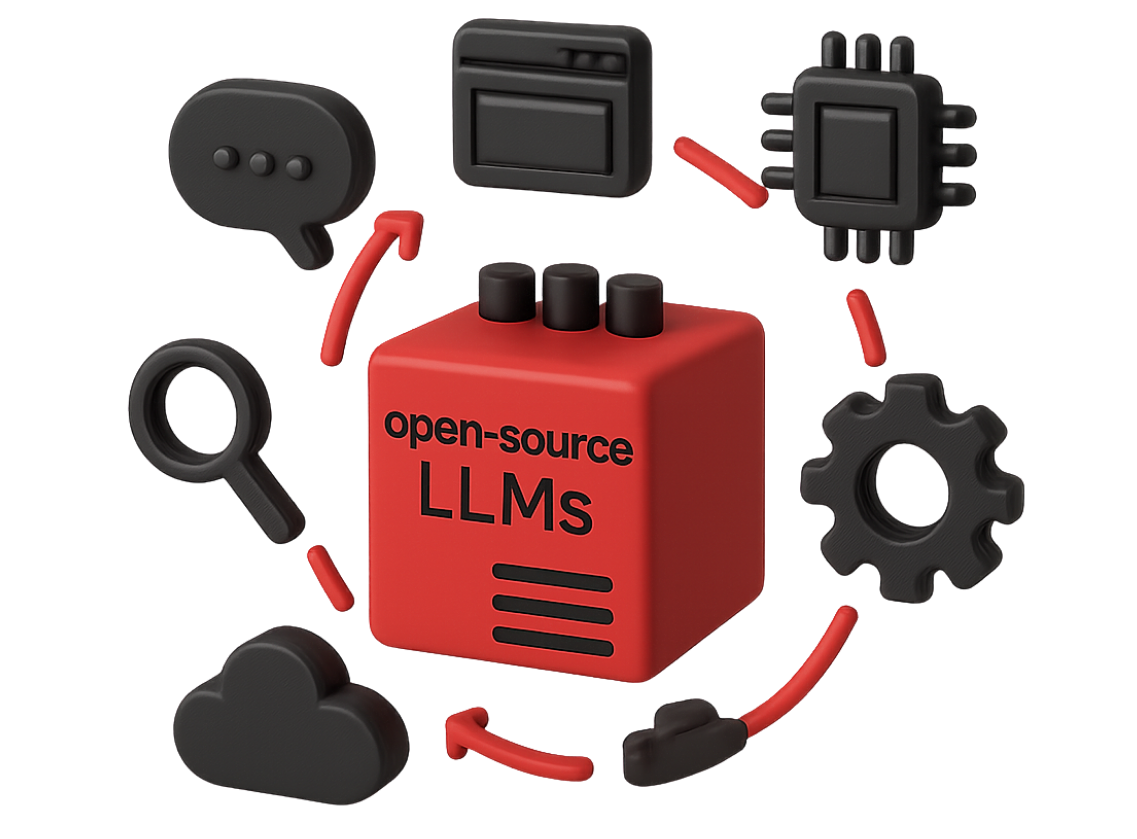Sovanza’s open-source LLMs eliminate expensive licensing fees and API costs, allowing businesses to deploy AI solutions affordably. They also reduce operational costs by automating customer support, content creation, and data analysis tasks.
open-source llms services
Open-source LLMs are large language models with publicly accessible designs, training data, and weights. Unlike private models, which need licensing fees and API subscriptions, open-source models allow organizations to customize, fine-tune, and deploy AI based on their requirements. This strategy provides better control over AI implementation, making it perfect for firms that value customization and visibility.













